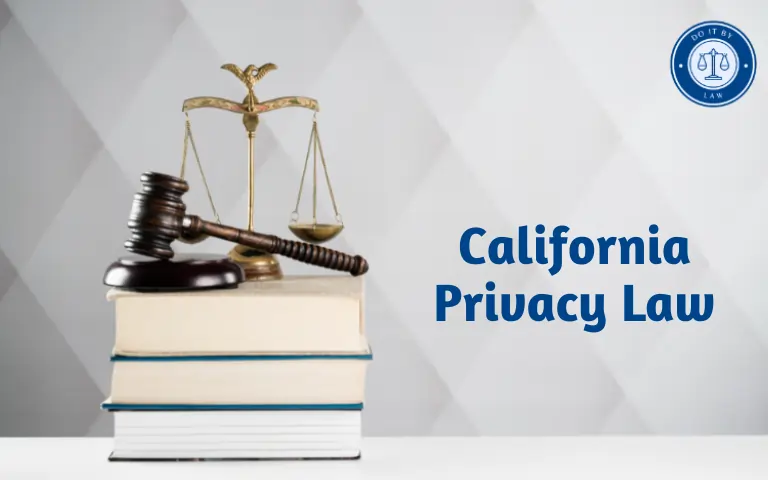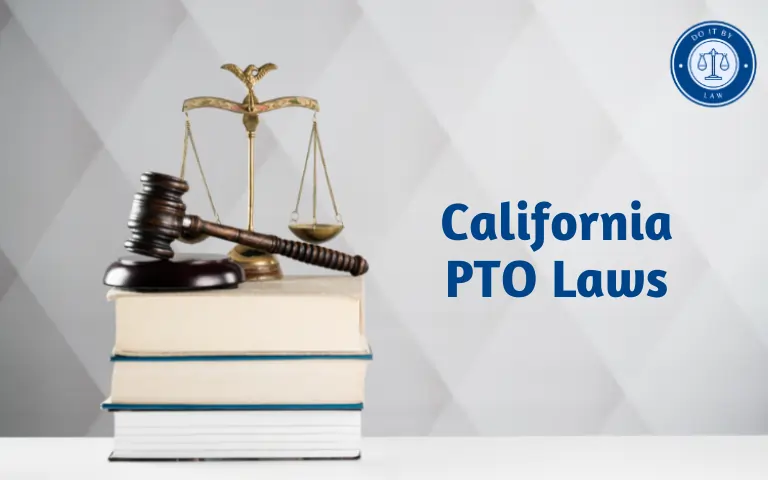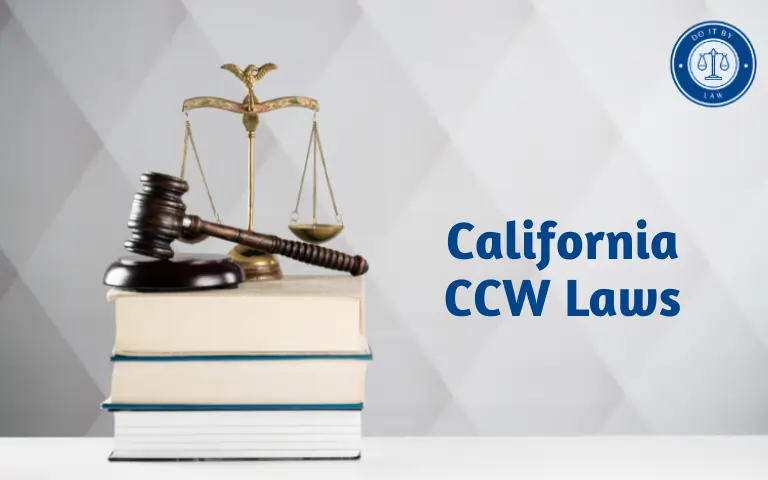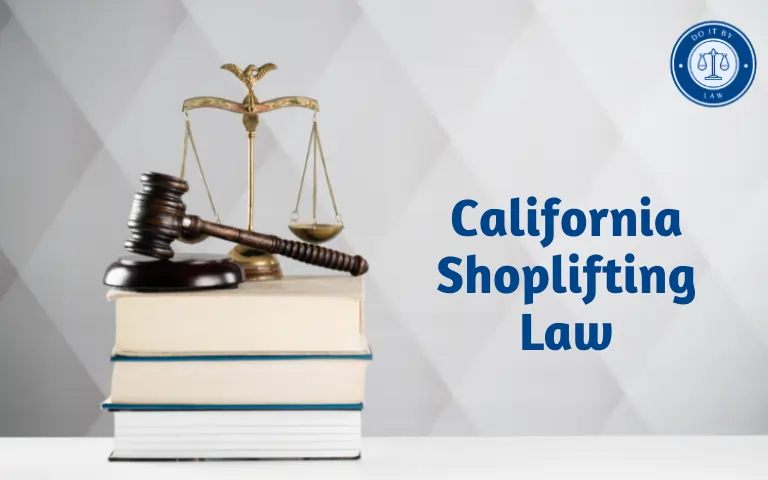AB5 Law in California: What You Need to Know
AB5 Law in California significantly impacted worker classification standards in California. It codified a narrowed “ABC test” for distinguishing employees from independent contractors. The law aims to increase protections and benefits for workers by making more individual employees by default rather than independent contractors. But it remains controversial. Here’s an overview of this landmark California employment law.
AB5 was signed into law in September 2019, with the worker classification provisions taking effect on January 1, 2020. It built upon a 2018 California Supreme Court decision in Dynamex Operations West, Inc. v. Superior Court which adopted a tougher ABC test for determining employment status. AB5 essentially incorporated that test into the statute.
The law’s proponents argued it was necessary to combat misclassification of employees as independent contractors, a phenomenon that robbed workers of fair wages, workplace protections, unemployment benefits, workers comp, leave, collective bargaining rights, and more. However, critics argue the law is overly restrictive and inflexible, hurting independent professions and small businesses while failing to appreciate the nuances of 21st-century labor markets. Ongoing legal challenges and carve-outs reflect the law’s controversies.
What Does AB5 Do?
AB5 fundamentally changed the legal test around distinguishing employees from independent contractors in California. The prior common law test assessed multiple factors like degree of control and direction to gauge whether a worker qualified as an employee vs contractor. But AB5 established a much stricter 3-part “ABC” test instead focused on:
- Whether the worker is free from the control and direction of the hiring entity in performing the work
- Whether the worker performs work outside the usual course of the hiring entity’s business
- Whether the worker has their own independent business doing that work
The hiring business now carries the burden of overcoming all three elements to prove contractors are not employees. If they fail any of the 3 factors, workers are classified as employees by default entitled to expanded rights and benefits.
By flipping the assumptions underlying classification, AB5 forced many questionable arrangements like drivers previously labeled contractors to be classified as employees going forward. However numerous professions anxious over loss of independence pushed back hard against the law’s strict approach.
When Did AB5 Go Into Effect?
AB5 was enacted into State law on September 18, 2019. The original provisions applied retroactively, meaning past worker classifications could be challenged based on the new ABC test imposed by AB5. But Proposition 22 passed in November 2020 carved out an exemption for app-based rideshare and delivery drivers effective retroactively to January 1, 2020, when AB5 first took effect. A partial injunction also delayed AB5 enforcement for truckers until a November 2021 appellate ruling lifted the injunction.
Multiple lawsuits and ballot initiatives continue challenging AB5’s scope for particular industries and workers, creating ongoing legal uncertainties. Employers classifying California workers as contractors must pay close attention to the evolving regulatory landscape to avoid misclassification claims.
Who Does AB5 Apply To?
AB5 and its ABC worker classification test originally impacted a wide range of businesses and workers in California across industries like healthcare, commercial transportation, construction, media, and more. But successive exemptions passed in 2020-2022 excluded various specific professions from AB5’s stricter standards, including:
- Licensed insurance agents
- Certain licensed health professionals (physicians, dentists, podiatrists, psychologists)
- Lawyers, architects, engineers, private investigators and accountants
- Direct salespersons
- Commercial fishermen
- Real estate licensees
- Repair workers in some fields
- Freelance journalists who meet certain contribution thresholds
- Competition judges and teachers engaged in judging or scoring
- Youth sports coaches
- Some specialized fine artists and grant writers
- Motor club service providers
- Feedback aggregators
- Single engagement live events performers
- International exchange visitor program workers
- Referral agencies and service providers
- Limited videographers/photographers and photojournalists
- Limited freelance translators and interpreters
- Certain single-truck owner-operators
Additionally, business-to-business contracting and professional services contracts remain governed by the former Borello multifactor test for employment status. The carve-outs aim to provide clarity and flexibility for specific professional services relationships. Industries not expressly exempted remain subject to the ABC test to determine possible employee status.
Penalties for Violating AB5 Law in California
Businesses violating AB5 face substantial financial liabilities and penalties for misclassifying employees as independent contractors, including:
- Unpaid wage damages – Employees may file claims with the California Labor Commissioner for unpaid minimum wages, overtime, expense reimbursements, and more due to misclassification.
- Benefit damages – Employees may sue for the value of benefits they should have received like health insurance, retirement contributions and leave time.
- Tax liability – Payroll tax payments evaded by mislabeling employees as contractors are recaptured by state and federal authorities.
- Statutory penalties – Labor Code violations carry penalties of $100 per misclassified employee per pay period for initial violations, and $200 per employee for subsequent or willful violations.
- Injunctions – Courts may order companies to reclassify contractors as employees.
- Joint liability – Hiring companies and any staffing agencies involved bear joint responsibility.
- Government audits – State investigations of misclassification carry massive back pay and penalty exposure.
With such severe financial risks at stake, California employers must take care to classify workers extremely cautiously in light of AB5 or face massive liabilities from regulatory actions or employee lawsuits.
Recent Changes and Proposed Updates to AB5 Law in California
AB5 remains controversial since enactment with ongoing lawsuits and legislative efforts seeking to expand, restrict, or clarify its scope:
- Prop 22 – Voters approved this ballot initiative in 2020 exempting app-based rideshare and delivery drivers from AB5. It maintains independent contractor status for those workers.
- Additional professions exempted – As outlined above, successive amendments added new exempted professions like doctors, insurance agents, fine artists, real estate licensees, and more.
- Lawsuit injunction for trucking – An original injunction delayed applying the ABC test to truckers, but a court ruling in 2021 allowed enforcing AB5 for trucking jobs.
- Legislator efforts to tighten scope – Some legislators continue proposing bills to eliminate certain AB5 exemptions or expand them to other industries. None have yet succeeded.
- Legal uncertainty – Ongoing litigation continues challenging AB5 worker classifications in industries from trucking and commercial laundries to public schools and medical clinics. The outcomes will shape interpretations of the law.
Close tracking of regulatory and legal developments around AB5 remains essential for employers aiming to maintain compliant worker classifications and avoid misclassification claims.
Key Exemptions Under AB5 Law in California
While AB5 mandated the ABC test for most California workers, key professions were eventually exempted from the strict standard by carve-outs under subsequent laws and court rulings:
- Licensed doctors, dentists, psychologists, insurance agents, lawyers, architects, engineers, accountants, real estate agents, and private investigators.
- Direct sellers, commercial fishermen, racing participants, and competition judges/teachers.
- Newspaper freelance journalists and photographers meet threshold content submission levels indicating independence.
- Contracted business-to-business services for businesses versus the end customers of companies.
- Certain specialized fine artists, grant writers, graphic designers, tutors, student researchers, underwriting inspectors, and manufactured housing salespersons.
- Real estate appraisers and home inspectors operate with requisite state licensing.
- Referral agencies and service providers that connect clients with service professionals via agency relationships.
- Motor clubs provide roadside assistance, travel booklets, tour guides, and insurance.
- Single-engagement live performances are defined as standalone events not part of recurring tour performances.
- Certain musicians and music industry professionals.
- International exchange visitor program workers and participants.
- Professional services under individual contractor agreements including marketing, HR consulting, travel agent services, graphic design, grant writing, and similar engagements.
- Limited specialized translators, interpreters, videographers, photojournalists, and photographers.
- Certain single-truck owner-operators work in the construction industry.
By carving out exemptions, legislators aimed to preserve independence for specialized professions warranting contractor classification flexibility.
Key Controversies Surrounding AB5 Law in California
Major areas of disagreement and debate over AB5 include:
- Strictness of the ABC test – Critics argue it inappropriately presumes employment status across too many legitimate independent professions. But backers contend it closes loopholes that let companies misclassify employees.
- Contractor vs employee distinction – There are inherent gray areas between true contractor independence and employee status. Finding the right balance through legal definitions proves challenging.
- Practical burdens on small businesses – Many argue that AB5 imposes burdensome requirements on small entities lacking sizable HR/legal teams and resources to reclassify contractors.
- Inflexibility for new economy jobs – App-based platforms argue their gig roles merit customized standards aligned with the evolving digital economy and flexible labor markets.
- Employee rights vs flexibility – How to balance worker protections with retaining the advantages of legitimate contractor arrangements prized by many like setting their hours?
- Carve-out inconsistencies – Piecemeal exclusions for some professions but not others have created perceptions of unfairness and arbitrariness in determining who stays subject to the ABC test vs who gets exempted.
- Local standards – Some cities like San Diego have explored their own rules on worker classification, creating potential compliance conflicts with state law.
- Dynamex consistency – Business groups argue applying the rigid ABC test beyond the immediate wage order context of the Dynamex ruling undermines its original scope and purpose.
- Retroactivity – Applying AB5 retroactively raises due process concerns around changing standards for past worker arrangements entered into under prior law.
- Union organizing – Some view AB5’s goal as much about easing unionization as worker protections given the carve-out for unionized construction truckers.
Finding the right balance continues to prove elusive given the complex spectrum between clearly misclassified employees and genuinely independent contractors. Expect AB5 evolution and legal wrangling to continue until society reaches equilibrium on 21st-century work classifications.
The Future of AB5 Law in California
Given the ongoing controversies, several potential directions exist for AB5’s future in California:
- Additional professions exempted – More industries like music, real estate, and healthcare have argued their specialized needs warrant exemption from the ABC test under AB5. Legislators may expand the carve-outs.
- Legal challenges upheld – If pending lawsuits against AB5 succeed, courts may strike down the law as unconstitutional or restrict its scope. A federal judge recently ruled that AB5 violates 1st Amendment rights for freelance journalists and photographers.
- Ballot repeal – Groups may attempt repealing AB5 through voter propositions, just as Prop 22 successfully exempted rideshare drivers post-adoption. But success is challenging.
- Legislative tightening – Pro-labor lawmakers could try limiting carve-outs and applying AB5 more universally as originally envisioned. But passing amendments faces hurdles.
- Compromise measures – New proposals may aim to refine AB5 by creating an intermediate third classification between employees and contractors with partial protections. But consensus remains elusive.
- Status quo retention – If neither courts nor legislators substantially modify the law’s scope, AB5 could remain largely unchanged despite ongoing disputes. Enforcement will increase compliance.
How AB5 evolves depends on the interplay of court rulings, legislation, enforcement, and solutions balancing worker protections, business flexibility, and evolving economic needs.
AB5 Law in California Compliance Steps for Employers
California employers aiming to comply with AB5 should:
- Review and document worker classifications using the ABC test’s stringent standards for those professions not yet exempted.
- Consider reclassifying contractors who don’t satisfy the ABC test unless a clear exemption applies.
- Update policies, work agreements, compensation systems and benefit plans accordingly for reclassified workers.
- Notify workers of changes and provide mandated employee protections like minimum wage, overtime, leave, and expense reimbursement.
- Consult legal counsel experienced with AB5 nuances when unsure if exemptions apply.
- Train managers on proper worker classifications under the new standards.
- Maintain detailed pay and time records for employees including work hours, scheduling, breaks, leave, and expenses.
- Watch for possible expansion of exemptions for your particular industry and pivot accordingly.
Prudent businesses proactively self-audit and adjust to avoid severe penalties and back-pay judgments from worker misclassification under AB5.
Conclusion
California AB5 significantly tightened worker classification standards under an “ABC test” mandating employee status for more workers – and spurred ongoing legal clashes. Employers must closely track the law’s evolving scope and carve-outs to avoid misclassification claims. Worker rights advocates argue the rigor is overdue. But businesses want flexibility recognizing not all contractors become employees under the law. With passionate views on all sides, AB5 will remain controversial as it continues redrawing lines delineating employment in California’s economic landscape.






